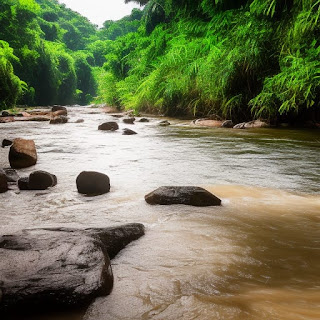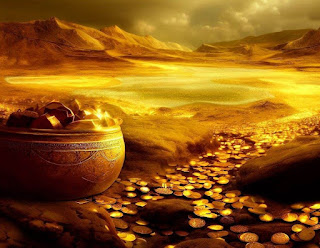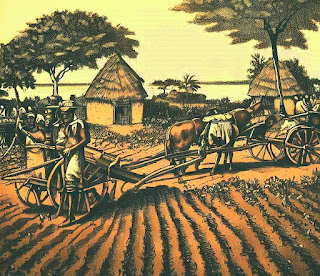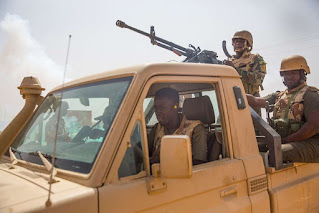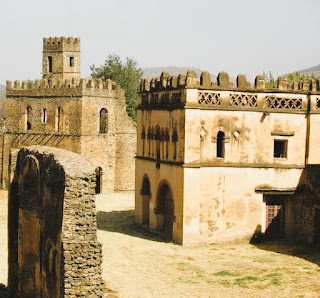Colonial Past of São Tomé and Príncipe
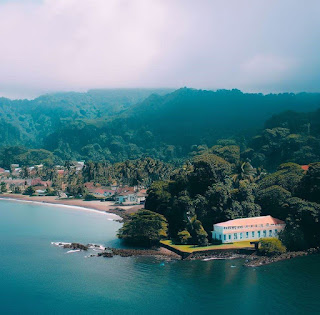
The colonial administration of São Tomé and Príncipe Islands and the history of Portuguese colonialism in Africa. São Tomé and Príncipe, a pair of islands located in the Gulf of Guinea off the west coast of Central Africa, were among the early Portuguese colonial possessions in Africa. Early Colonization of São Tomé and Príncipe São Tomé Island was discovered by Portuguese explorers in the late 15th century, around 1470. The island was initially uninhabited, and its fertile volcanic soil made it suitable for cultivating sugarcane, cocoa, and later coffee. The Portuguese established sugarcane plantations on the island, which relied on enslaved labor, primarily from the African mainland. The mainstay of São Tomé's colonial economy was agriculture, with sugarcane being the primary crop in the early years. The island's economy later shifted to cocoa and coffee production, which became major cash crops in the 19th and 20th centuries. Enslaved Africans and later indentured la...


